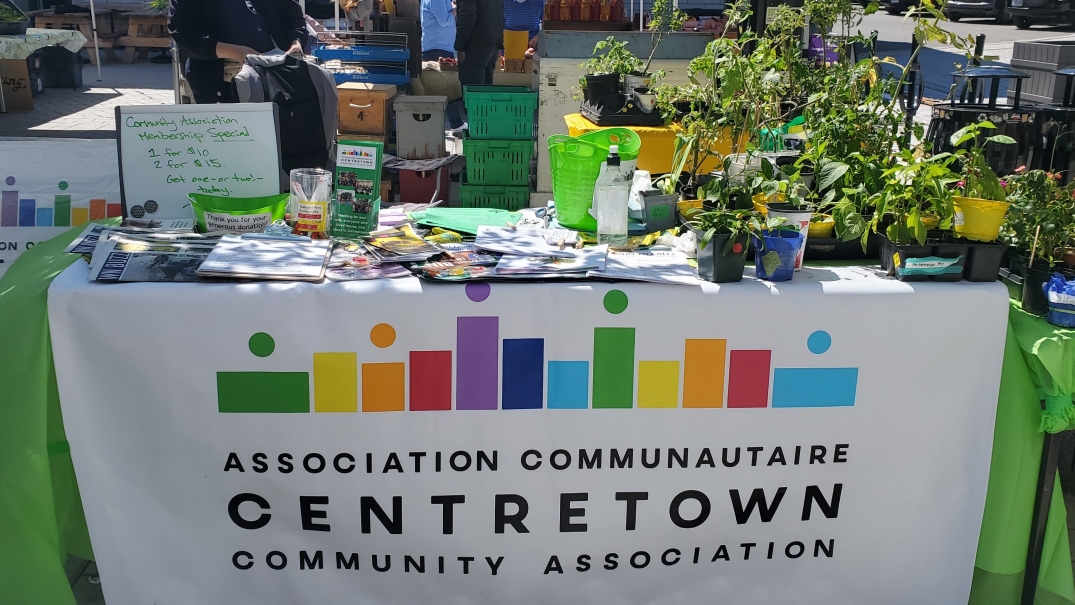For young designers, getting involved in the civic life of their cities and neighbourhoods can be an eye-opening way to engage with urban planning. Joining a local resident group offers a variety of ways to become an active part of the community, from commenting on city policy, to advocating for better public transit. They can also represent the group at fun events like a local farmers market or the annual fall festival while interacting with neighbours from all ages and walks of life.-
After graduating from architecture school, I decided to join the local community association in the neighbourhood where I live. After an introduction to Ottawa’s Centretown Community Association’s many committees, I joined the CCA’s Planning Committee. At the time, a group of neighbours were reviewing Ottawa’s New Official Plan, including corresponding with the City with questions and feedback. Since then, I haven’t stopped learning.
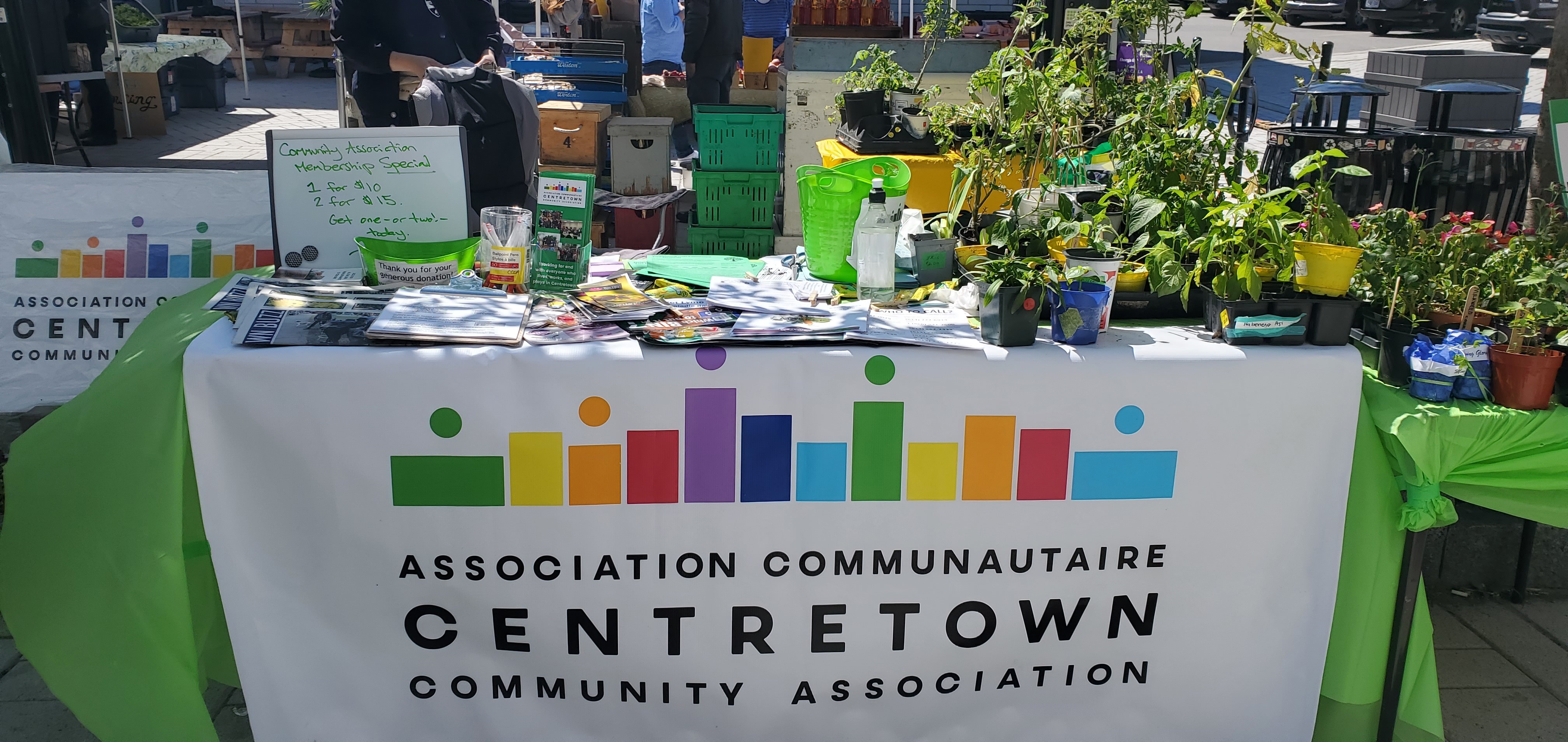
Grassroots Expertise in the Community
The Centretown Community Association (CCA) aims to represent a diverse community. There are various residents in Ottawa’s downtown core: young families, seniors, working professionals, university students, newcomers, local business owners and employees, and many others make up the neighbourhood’s fabric.
In recent years, community consultations have been established as an integral part of city planning and development processes. Urban policy, zoning regulations, and municipal budgets have significant, lasting impacts on our daily lives. Community consultations try to acknowledge residents as stakeholders in urban change. Each one of us can have an opportunity to have a say on how the place we call home can be improved and revitalized. Forums like community associations and other resident groups can help bring residents’ views and lived experiences to planning departments and decision-makers.
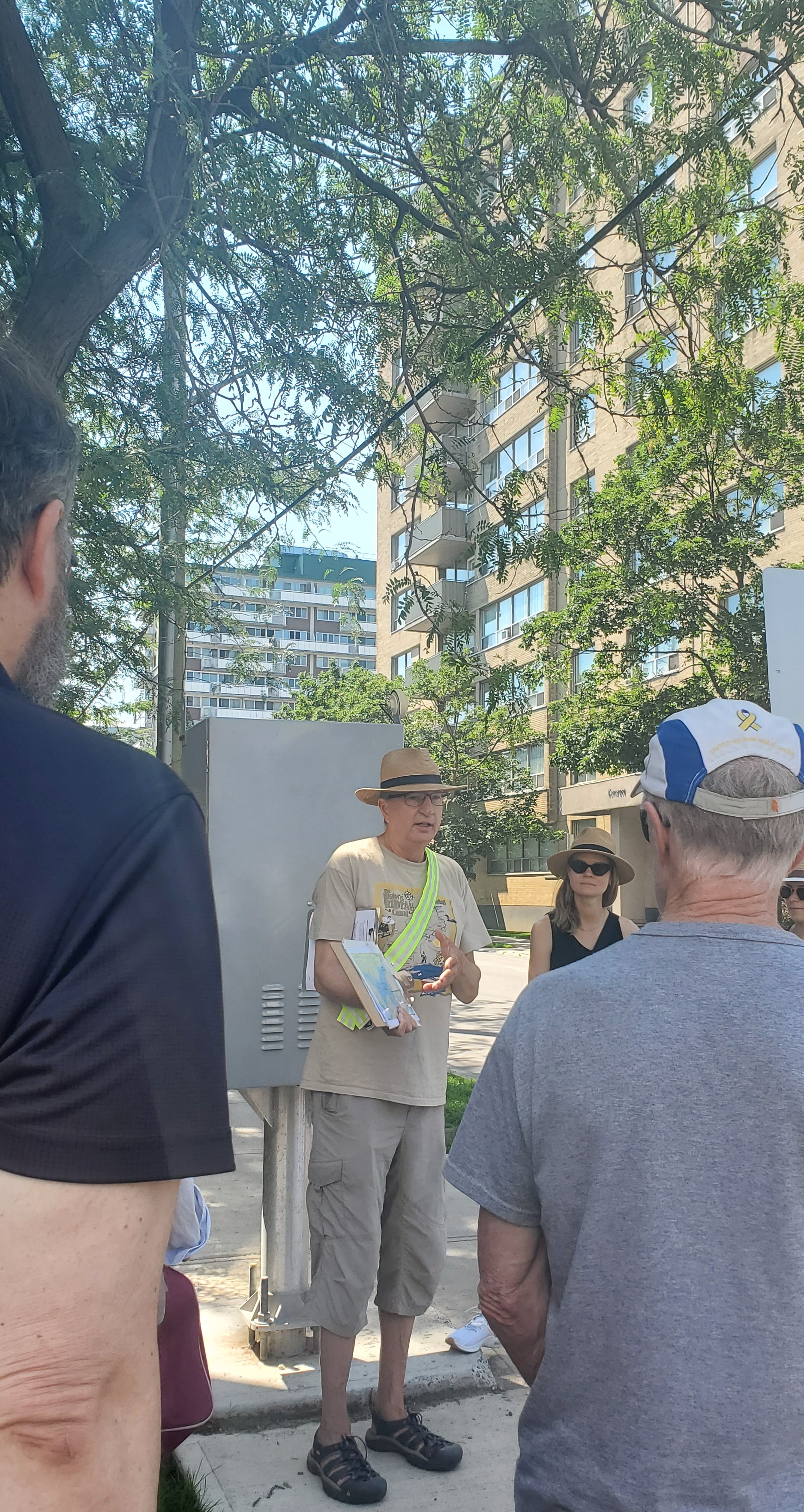
CCA: An Active Community Association
CCA members and neighbours regularly convene to take action on items ranging from urban development, transportation, heritage preservation, emergency preparedness, climate change mitigation, and other important issues affecting the local ward.
The Association also hosts events in the neighbourhood, including plant sales on Earth Day and Fall festivals, and supports other initiatives such as Capital Pride and Cleaning Up the Capital. Some CCA volunteers help plan and operate a seasonal farmers market that draws local and tourist crowds throughout the summer. The Heritage Committee hosts history walks and advocates for the heritage preservation of buildings and areas in the ward. Hobby gardeners volunteer their time, green thumbs, and resources to help beautify local parks.
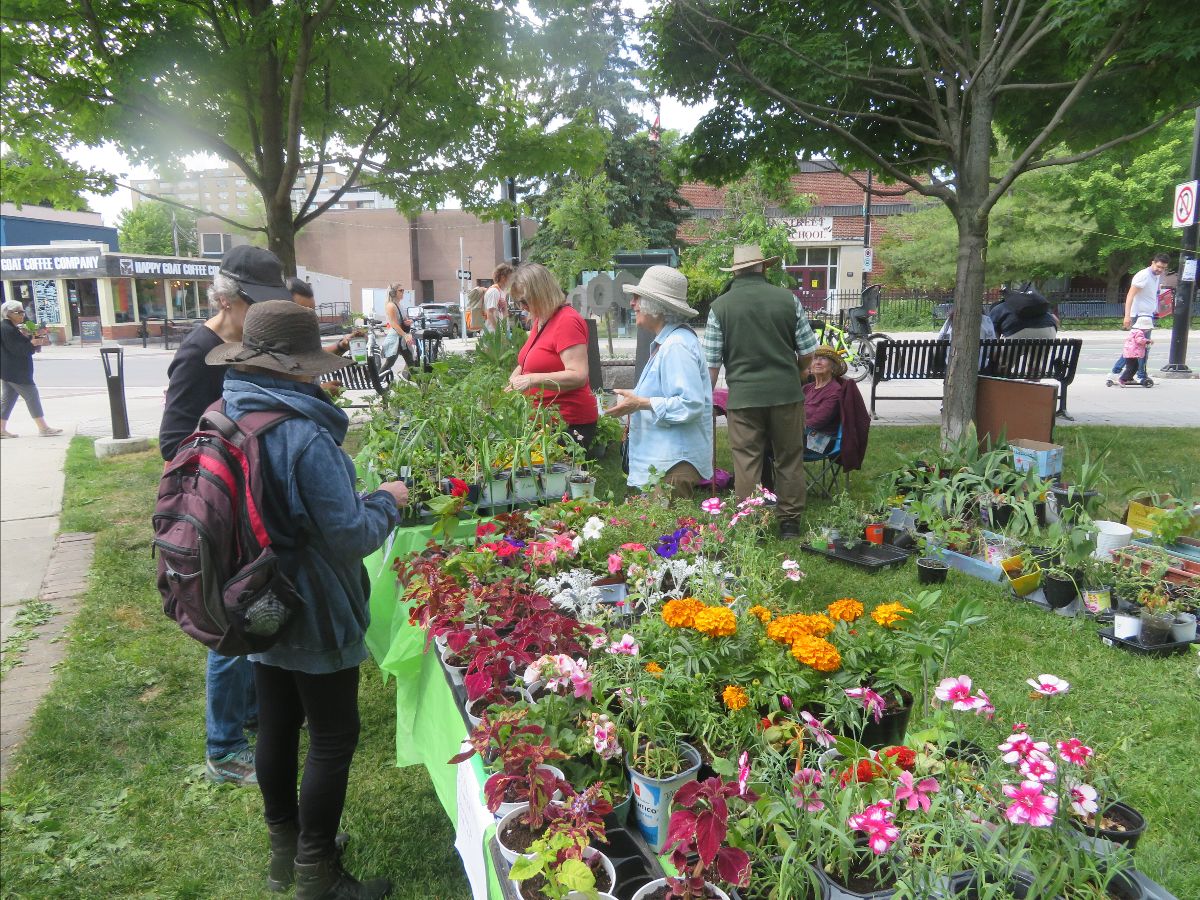
The Association’s membership shares the pressing environmental concerns with the increasing impact of climate change on their community. As such, the upkeep and utilization of parks in the neighbourhood and encouraging more green space in the ward are key focus themes for the community. Moreover, related issues, such as the local effects of the housing crisis and the lagging infrastructure to support the city’s growth, are critical concerns for this community.
Safety concerns related to public health, violent incidents, drug use, and public transit are other issues that rally neighbours to take action. Members raise concerns, share ideas, and collaborate with the Ward’s Councilor and local organizations on possible initiatives and actions to help bring solutions and improvements.
Through its variety of activities, the CCA provides an open platform for grassroots advocacy on behalf of the community, for the community, by volunteers from the community. These are a few reasons why I have taken the opportunity to be a proactive voice with CCA. It has allowed me to see the issues that affect a vibrant and changing community from the grassroots level - experiences that lend themselves as key to my architectural journey.
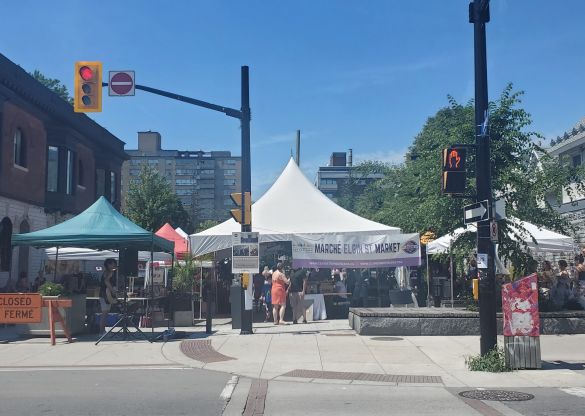
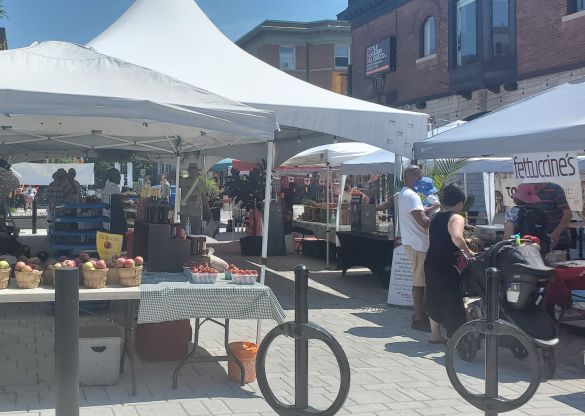
Be the Voice of the Next Generation
- By getting involved in local community groups or starting new initiatives, early-career design professionals can:
- Gain exposure to the perspectives and lived experiences of diverse groups and members in their community
- Get educated on and strengthen their understanding of urban planning frameworks and regulations as well as their practical impact on communities
- Contribute – and improve – their organizational, problem-solving, public speaking, and leadership skills.
- Consider their and their peers’ evolving needs and priorities as city residents change and often grow.
- Meet your neighbours and have fun!
To learn more, please visit:
https://www.centretowncitizens.ca/
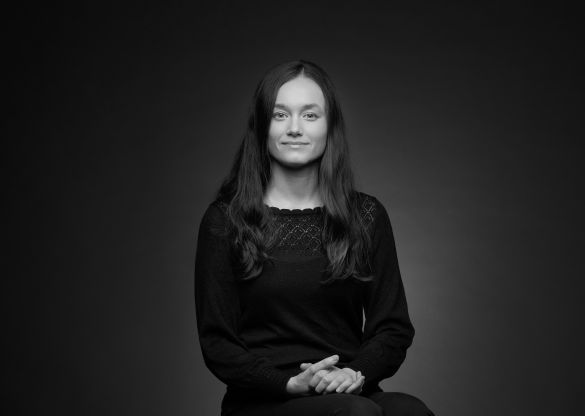
Daniela Veisman – bio:
Daniela is an Intern Architect with Figurr Architects Collective Ottawa Studio. She has a passion for inclusive and community-oriented design and urban planning. She is an active volunteer with the Centretown Community Association in Ottawa, where she co-chairs the CCA Planning Committee, volunteers with the Communications Team, and has served on the Association’s Board of Directors. Daniela values CCA’s collective voice that advocates for and strengthens the sense of community in Centretown, Ottawa.
